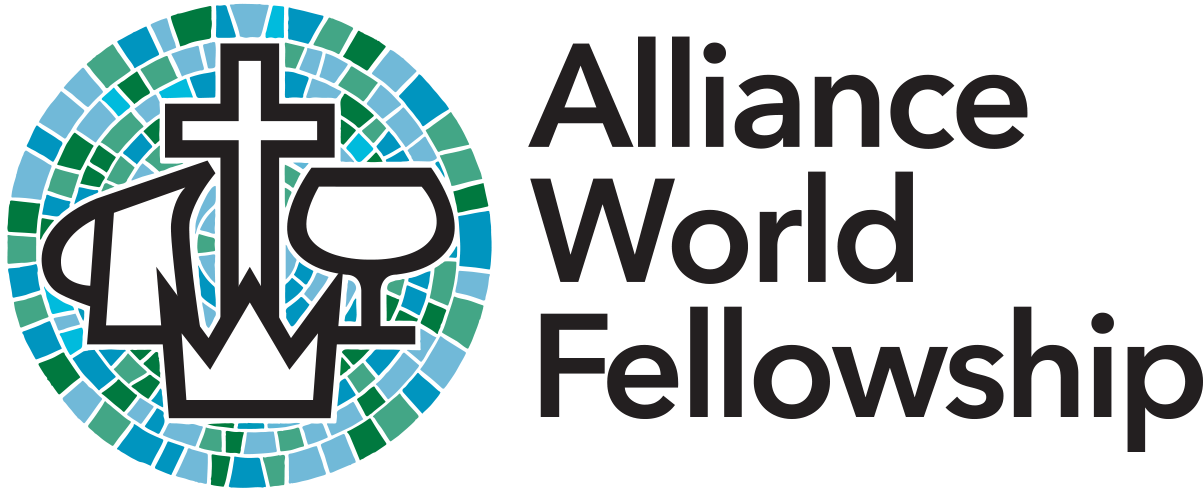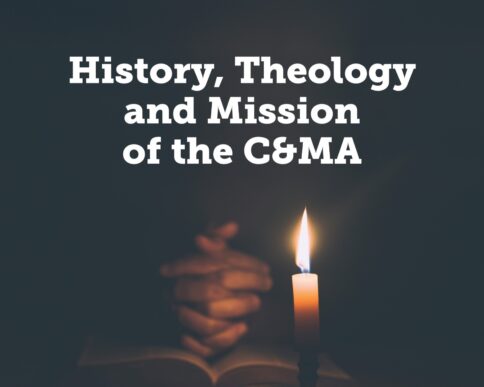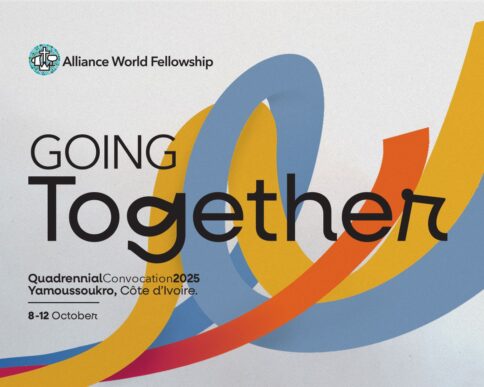A Century of Gospel Proclamation in Cambodia
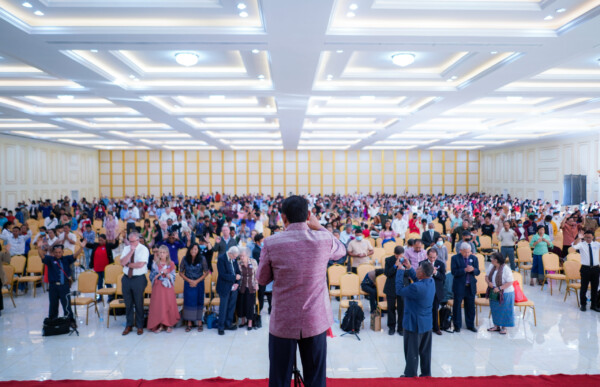
Related News
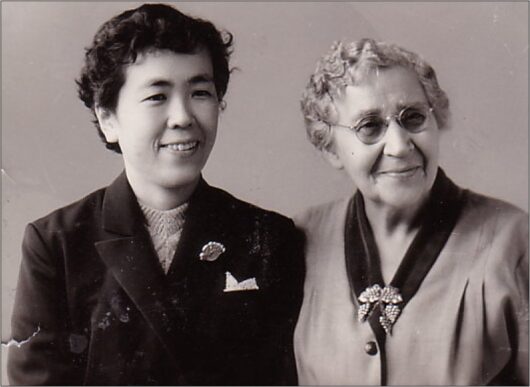
Mutsuko Ninomiya: Pioneer Missionary from Japan to Brazil
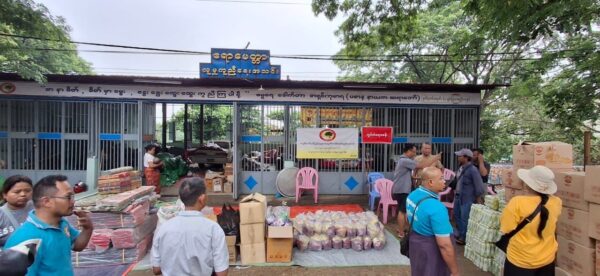
Alliance Churches in Thailand and Myanmar Respond to Dual Crises
The centennial celebration of the Khmer Evangelical Church (C&MA), and the entire Protestant church in Cambodia is the testament of God’s power to sustain his Church. After the genocide of the Khmer Rouge regime, when 80% of Christians in that country were killed, the Church of Jesus Christ was rebuilt to join God’s mission of proclaiming the gospel to all nations.
From humble beginnings through a very difficult period, the Church of Jesus Christ in Cambodia has survived and become a vibrant faith community. According to the Joshua Project, the annual growth rate of the evangelical church in Cambodia is 8.8%, well above the global rate of 2.6%. This vibrant faith community manifested itself during a three-day centennial celebration.
The centennial celebration of the Khmer Evangelical Church itself was held on January 26, for the whole day. Some 1,600 people, including about 100 international guests, worshiped and prayed together, listened to preaching and greetings, watched video stories, and celebrated the Alliance as a church for all nations. Four ethnic groups led worship in their languages, and videos illustrated the 13 languages used in Sunday services throughout the Alliance churches.
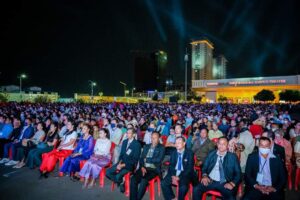 With more than 35,000 people participating from all the provinces in Cambodia, the centennial celebration of the entire Evangelical church was held January 27 and 28. Three large meetings were held, with an attendance varying from 12,000 to 15,000. The Prime Minister of Cambodia and other authorities made speeches about the freedom of religion. Special recognition was given to the Hammond family, represented by their grandson Jim Hammond, and the Ellisons, represented by their youngest daughter, Helen Ellison Elliberger, who is 90 years old. The Prime Minister himself addressed the entire crowd explaining the significance of these families for the Cambodian church.
With more than 35,000 people participating from all the provinces in Cambodia, the centennial celebration of the entire Evangelical church was held January 27 and 28. Three large meetings were held, with an attendance varying from 12,000 to 15,000. The Prime Minister of Cambodia and other authorities made speeches about the freedom of religion. Special recognition was given to the Hammond family, represented by their grandson Jim Hammond, and the Ellisons, represented by their youngest daughter, Helen Ellison Elliberger, who is 90 years old. The Prime Minister himself addressed the entire crowd explaining the significance of these families for the Cambodian church.

It all started in 1923 with the arrival of the families of Arthur Hammond and David Ellison. The two men graduated from the Missionary Training Institute (now Nyack College – Alliance University, Manhattan, NY) and became the first long-term evangelical missionaries in Cambodia. Under strict government surveillance, they first started their ministries learning the Khmer language and conducting meetings four times a week in a chapel in Phnom Penh. They became proficient enough in the language to start a Bible translation project in 1925, led by Arthur Hammond. This was the genesis of the Bible in the Khmer language, which had to be revised and re-translated due to the advent of the first Khmer dictionary, in 1937. The translation of the complete Bible was finished in 1952 and the first edition was distributed in Cambodia in 1954. This version is known as the Hammond version of the Khmer Bible, and it has been widely used to this day.
Ellison, while being part of the Bible translation team, focused his ministry on evangelism, discipleship, and Bible training. The Ellisons started the ministry in Battambang Province, which became the center of missionary effort in the years to come. The Bible Institute of Battambang was established and the first semester and course started on September 1, 1925. Many pastors and leaders got their start at this Bible Institute which became the first of many that have been established by the C&MA in Cambodia.
Some among the first converts were greatly used by God to proclaim the good news among the Cambodian people. Ros Hom, who served as a soldier in the Thai army and studied at the Battambang Bible Institute, eloquently persuaded many to surrender their lives to Jesus. Eight of the future pastors of the national Alliance church came to Christ and were discipled by Ros Hom. Dominique Guibert, a former Catholic altar boy and worker at the Ministry of Public Works, came to Christ, led by a student pastor named Phoeuk. Dominique then became an evangelist and proclaimed Christ for 45 years, leading more than 300 Cambodians to Christ.
In 1954, the Cambodian Christian Alliance became an organization independent of the Alliance Mission. At that time, six local churches were considered self-propagating, self-governing, and self-supporting. In 1957, the national church changed its name to the Khmer Evangelical Church (C&MA). By that time churches had been planted in the provinces of Battambang, Kampong Cham, Kampucha Kron, Kratié, Moat Chrouk, Svay Rieng, Prey Kabas, and Prey Veng.
The church in Cambodia grew despite many challenges imposed by World War II and the Vietnam War. During World War II, North American missionaries were imprisoned for months by the occupying Japanese forces. Starting 1965, all Alliance missionaries were forced to leave Cambodia, because of the change in attitude of the government of Cambodia toward North Americans due to the Vietnam War. At that time, the number of baptized members of the Khmer Evangelical Church was around 600. Furthermore, the government banned services in church buildings without permission from the Ministry of Cults. Based on the past, this ban meant that church services would not be reopened again. Many leaders refused to follow this ban and continued to hold services and Bible study meetings. Some of them were imprisoned for a short time.
After the Kingdom of Cambodia became a Republic in 1970, churches and Christian organizations were allowed to resume services and meetings. The evangelical churches jointly organized crusades, training seminars and large evangelistic meetings. The Alliance church also grew steadily during this period. Before Cambodia fell to the communist rule of the Khmer Rouge on April 17, 1975, there were 4,800 people meeting in 39 Alliance churches.
From 1975 to 1979, under the communist rule of the Khmer Rouge regime, between 1.5 and 2 million Cambodians died, either by execution in the Killing Fields or from starvation, exhaustion or disease. The total population of Cambodia was 7.5 million in 1975. Approximately 80% of the Christians died. Of the 44 Alliance preachers and ordained pastors who were alive in 1975, only 13 were found alive in 1979. This genocide left a deep wound in the soul of the Cambodians. The Vietnamese Army invaded Cambodia in December 1978 and the Khmer Rouge regime was ousted from power in January 1979. Despite this, famine and fighting in the provinces continued for years, with a growing number of Cambodians leaving the country and settling in refugee camps in Thailand.
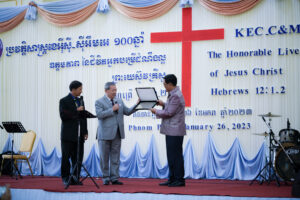
During this time, CAMA (Compassion and Mercies Associates, C&MA USA) Services had a significant presence at the Khao I Dang refugee camp in Thailand. Sok Sophon and his wife Maram came to Christ in this camp. When the Khao I Dang camp was closed in 1993, Sophon and his family returned to Cambodia. After years serving as pastor and district superintendent, Sok Sophon became the president of the Khmer Evangelical Church (C&MA), serving in this capacity for 10 years. His son, Shophan, who grew up in the refugee camp, is now active in the teaching ministry, training pastors and leaders in Cambodia and other Asian countries. Ruom Chamroeun came to Christ through an evangelistic tract placed inside food packages distributed by a refugee camp. Upon returning to Cambodia, he received biblical training, became a pastor, and since 2019 has served as president of the KEC. Phearom Gnea was born in a refugee camp and, after many turns and twists, became a believer and a pastor of KEC, serving now as the superintendent of the Northeastern Region.
Even after the fall of the Khmer Rouge regime, members of the Alliance churches remained underground, meeting in small groups to pray and to encourage one another. Yourng South was one of the 13 Alliance pastors who survived the regime. He secretly reached out to Christians scattered in the provinces to encourage them to remain faithful to the Lord. In April 1993, the Khmer Evangelical Church was legally reestablished in Cambodia and Yourng Soth was elected as president. The leadership transition to the next president, Sok Sophon, and more recently to Ruom Chamroeun, has been smooth and steady, bringing unity and stability to the church.
The Khmer Evangelical Church has grown to a total membership of 10,828, including 5,227 adults, 2,187 youth and 3,414 children. They attend one of the 208 churches (75 organized, 58 non-organized, and 75 church plantings), many of them in the provinces far from the capital Phnom Penh.
The Alliance Mission re-engaged in 1991 and many missionaries have been sent to Cambodia since then. Presently, the missionary force of the Alliance is formed of 45 workers from seven countries and eight sending agencies, including the Alliance Ministries (U.S.), Global Missions (Canada), CAMACOP (Philippines), and C&MA Australia. David Manfred leads this team, which works in coordination with the Khmer Evangelical Church.
Despite many difficulties and much suffering, the church has prevailed and become a vibrant faith community. This is a testament to the faithfulness and dedication of many servants of God who have given their lives to serve him in Cambodia and to proclaim Jesus Christ to the people there. They have left a spiritual legacy that transcends their earthly lives and marks the lives of thousands for all eternity. May God bless the Alliance family in Cambodia as the Khmer Evangelical Church continues to proclaim Jesus Christ to all nations.
